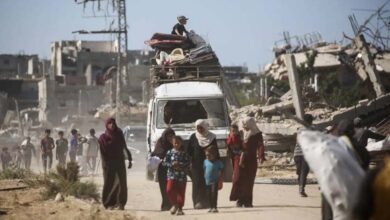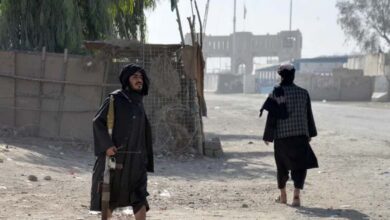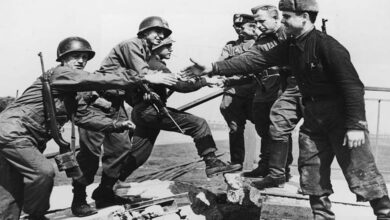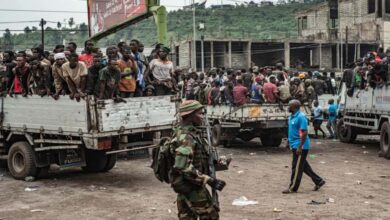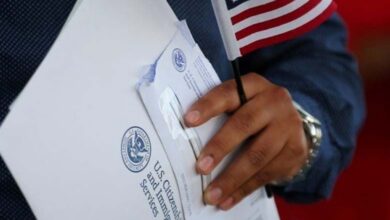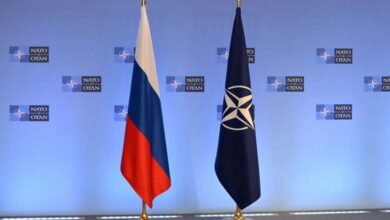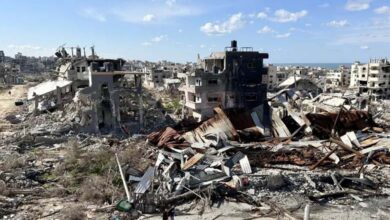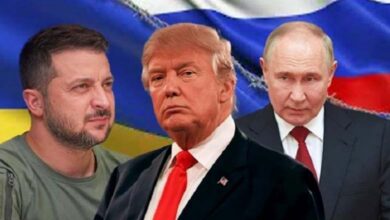The Venezuelan Air Force: a symbolic power that would not withstand the United States
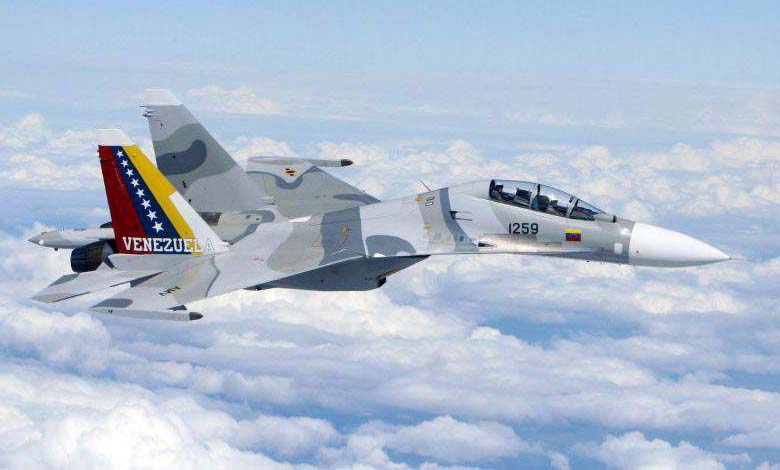
Recent U.S. airstrikes targeting Venezuelan drug-smuggling boats have reignited debate about Caracas’s ability to face any potential military confrontation with Washington.
According to the American outlet The National Interest, Venezuela’s armed forces are not ranked among Latin America’s most capable militaries—particularly when it comes to air power. Despite its theoretical strength, the country’s air force struggles with chronic maintenance problems, shortages of spare parts caused by international sanctions, and low readiness levels.
-
Venezuelan fighter jets fly near a US destroyer: a provocation over the Caribbean
-
Is War Approaching? Venezuela Deploys Warships and Drones in Response to U.S. Moves
The report explains that Venezuela operates a mixed fleet of Cold War-era aircraft along with a handful of modern Russian fighters. This mix allows for a limited deterrent posture but would not hold up in a sustained conflict.
The backbone of Venezuela’s air power is made up of 24 Su-30MK Flanker fighters purchased from Russia in the mid-2000s. The twin-engine multirole Su-30 provides precision strike capabilities and beyond-visual-range combat performance, but its maintenance is prohibitively expensive.
-
Fingers on the Trigger in the Caribbean: Maduro Confronts Trump’s Destroyers
-
Why is Russia Building a New Ammunition Factory in Venezuela?
With U.S. sanctions restricting access to spare parts and avionics, Caracas now relies heavily on Russia and Iran to keep its aircraft operational. In addition to the Su-30s, the country still possesses a few F-16A/B fighters bought from the United States in the 1980s, though most are grounded due to lack of parts and weapons support. Two of these jets recently made a rare appearance, flying over a U.S. Navy destroyer in what analysts viewed as a symbolic show of defiance.
Venezuela’s aging French Mirage 50 fighters have been fully retired, while the training and counterinsurgency roles are now filled by Chinese K-8W Karakorum aircraft and a few turboprop trainers capable of deploying bombs and rockets against smugglers or insurgents. However, these light aircraft are insufficient for any major confrontation against a technologically advanced opponent such as the United States.
-
Trump announces destruction of Iran’s nuclear capabilities in a series of US strikes
-
Putin at the Heart of Red Square… A Victory Parade with the Flavor of Alliances
The helicopter fleet consists mainly of Russian Mi-17 and Mi-35 models, which provide troop transport and fire support in remote jungle and border areas—core components of Venezuela’s internal security operations.
Logistically, the air force maintains a small number of aging C-130 Hercules transport planes donated by the U.S. before the Chávez era, along with several smaller Soviet-era cargo aircraft. This limited logistics fleet is adequate for internal troop movements but lacks strategic reach.
Overall, The National Interest concludes that the Venezuelan Air Force is largely symbolic. It can defend the capital and deter smaller neighboring countries, but in a prolonged engagement or against a technologically superior foe like the United States, it would quickly prove ineffective and collapse under pressure.



